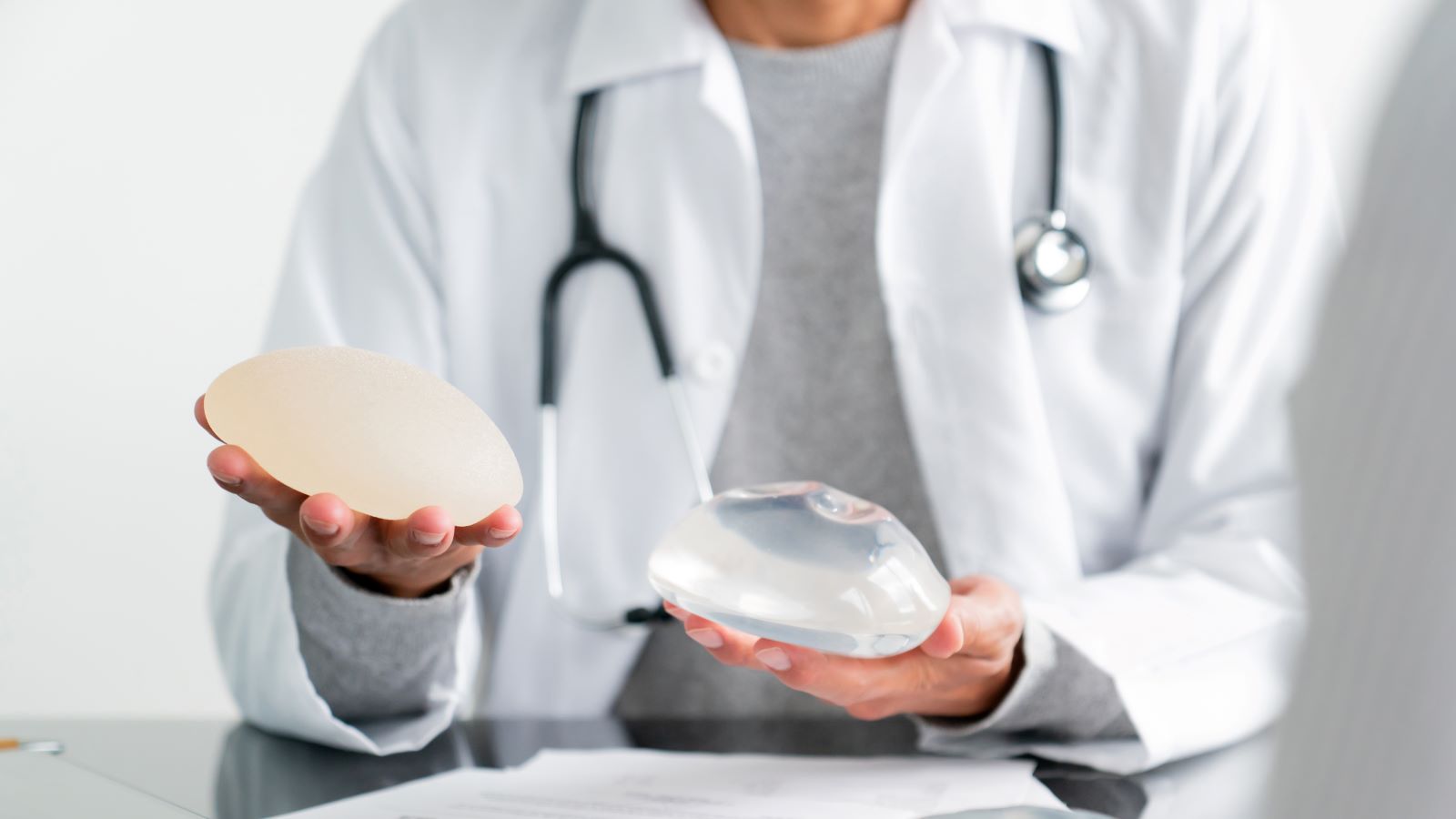<< Back
6 Things to Know About Breast Reconstruction

October 25, 2025
If you’re preparing for breast cancer surgery, breast reconstruction may be an important part of your healing journey — physically and emotionally. In fact, more than 85% of people who have a breast removed choose reconstruction.
“Breast reconstruction is the surgical recreation of a breast after breast removal,” says Kevin Maguire, MD, a plastic and reconstructive surgeon with Hartford HealthCare. “The goal is to restore one or both of the breasts to a near normal shape, feel, appearance and symmetry.”
If you’re considering breast reconstruction, here are six things you should know.
1. There are different timing options
There’s no single right time for breast reconstruction — it’s about finding the moment that works best for you.
“Immediate reconstruction can happen during the mastectomy,” explains Dr. Maguire. “Delayed reconstruction can happen after the mastectomy, sometime in the future.”
Radiation, chemotherapy or health conditions can all affect timing. “We adjust the plan as we go, always keeping safety and your long-term results in mind,” Dr. Maguire says.
> Related: At What Age Should I Start Getting Mammograms?
2. You can choose your approach
There’s more than one way to rebuild a breast:
- Implant-based reconstruction: Uses silicone or saline implants.
- Flap reconstruction: Uses your own tissue, often from the abdominal wall.
- Fat grafting: Transfers fat from one part of your body to another.
“The number of options may feel overwhelming,” Dr. Maguire says. “That’s why breast reconstruction should be a shared decision made along with your board-certified plastic surgeon and your immediate support circle – with you at the center.”
> Related: How DIEP Flap Reconstruction Creates a More Natural Breast
3. Recovery takes time
Having a reconstructed breast can be an essential step in your journey, but it’s also a commitment.
“Breast reconstruction is not a one-and-done undertaking,” Dr. Maguire explains. “Most require a few surgeries over several months to achieve the best result.”
Recovery typically takes at least eight weeks, but it can vary. In general, flap reconstruction involves a longer recovery than implant reconstruction and it also requires healing at the donor site, often the abdomen.
4. Sensation can change
It’s not just about appearance — nerve healing also takes time, which can impact sensation.
“Sensation is slow to return to the skin and may not fully return,” says Dr. Maguire. “But, recent innovations in nerve grafting are promising for some return of nipple sensation.”
5. Insurance covers it
Breast reconstruction is covered by insurance, as required by federal law.
“Referral processes can vary, but cancer care teams actively connect many patients with a board-certified plastic surgeon,” Dr. Maguire says. “Thankfully, access to reconstruction options continues to improve.”
> Related: 7 Symptoms of Breast Cancer You May Not Know
6. The choice is yours
Studies show breast reconstruction can be empowering for many people.
“We use a survey called the BREAST-Q to measure results,” Dr. Maguire explains. “It consistently shows patients feel stronger in areas like confidence, well-being and self-image.”
Still, the decision is personal. “Make the choice that feels right for you,” Dr. Maguire says. “People will share opinions and stories – some good, some not. Gather reliable information, trust your care team, and, above all, listen to your intuition. We’re here to guide you and support you through this journey.”